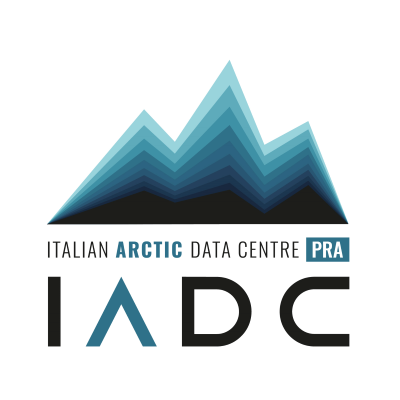Knocking on Arctic Door – Svalbard’s NIMS and door knocker fish species in the marine coastal waters Acronym: VECNA
The aim of this project is to detect the presence of NIMS and door knocker species in marine coastal waters of Svalbard by using a traditional fishing system (traps) and complementary multi-approach monitoring techniques (underwater cameras, hydrophones, plankton net and eDNA collectors) to find all elusive or cryptic species and those present at low density.
Simple
- Date (Publication)
- 2024-03-17T00:00:00
- Identifier
- https://metadata.iadc.cnr.it/geonetwork/srv/eng/catalog.search#/metadata/cd21f876-9a6d-43b8-b44e-a9116697a8b6
- Status
- On going
- Maintenance and update frequency
- As needed
-
IADC Research Activities
-
-
Ecosystem and biodiversity
-
-
GEMET - INSPIRE themes, version 1.0
-
-
Habitats and biotopes
-
Species distribution
-
-
GCMD - Science Keywords
-
-
MARINE ECOSYSTEMS
-
SPECIES/POPULATION INTERACTIONS
-
FISH
-
-
GCMD - Locations
-
-
ARCTIC
-
SVALBARD AND JAN MAYEN
-
-
GCMD - Providers
-
-
ITALY
-
- Keywords
-
-
Insert here free keywords (example: arctic
-
oceans
-
etc...)
-
- Use limitation
- Creative-Commons CC BY-NC-SA 4.0
- Spatial representation type
- Text, table
- Denominator
- 1
- Metadata language
- English
- Topic category
-
- Biota
- Oceans
))
- Begin date
- 2023-07-03
- End date
- 2024-07-18 Now
- Unique resource identifier
- WGS84
- Distribution format
-
-
ASCII
(
1
)
-
ASCII
(
1
)
- OnLine resource
-
Stations%202023.csv
(
WWW:DOWNLOAD-1.0-http--download
)
A list of stations with coordinates and details on the various types of data collected
- OnLine resource
-
Sampling station 2024.xlsx
(
WWW:DOWNLOAD-1.0-http--download
)
Table with information on sampling stations, coordinates, depth, sea weather conditions, and instruments used.
- OnLine resource
-
Traps catch 2024.xlsx
(
WWW:DOWNLOAD-1.0-http--download
)
Table with information on the species of fish caught and their quantities at different sampling stations.
- OnLine resource
-
ZooPlancton sampling stations 2024.xlsx
(
WWW:DOWNLOAD-1.0-http--download
)
Excel table with information on zooplankton sampling stations with WP-2
- OnLine resource
-
eDNA sampling stations 2024.xlsx
(
WWW:DOWNLOAD-1.0-http--download
)
Excel table with information on eDNA sampling stations with metaprobes
- Hierarchy level
- Dataset
Domain consistency
Conformance result
- Alternate title
-
commission regulation (eu) no 1089/2010 of 23 november 2010 implementing directive 2007/2/ec of the european parliament and of the council as regards interoperability of spatial data sets and services
- Date (Publication)
- 2010-12-08T16:54:00
- Explanation
-
This data set is conformant with the INSPIRE Implementing Rules for the interoperability of spatial data sets and services
- Pass
- Yes
- Statement
-
INTRODUCTION
The VECNA project (Knocking on Arctic Door – Svalbard’s NIMS and door knocker fish species in the marine coastal waters) commenced in 2023 with the objective of monitoring the arrival of Non-Indigenous Marine Species (NIMS) and potential doorknocker species in Arctic waters, especially in Kongsfjorden, Svalbard. This report details the activities carried out during the 2024 survey, focusing on species data collection, sampling methodologies, and preliminary analysis of different techniques applied to understand species distribution in this unique environment affected by warming Arctic waters
MATERIALS AND METHODS
Sampling Sites
Five sampling sites were selected for the 2024 survey in Kongsfjorden, with each site chosen to represent diverse habitats across the coast.
The sites include: Ny-Alesund harbour (NYA-1); Kvadehuken kapp (SWK-1); Kapp Giussez (NWK-1); Bayelva rivers’s mouth (BRM-1); Tønsneset’s coast (TNC-1).
Sites with code NWK-1 and SWK-1 are near the fjord's mouth, TNC-1 at 1km of distance from the nature reserve for birds of Blomstrandhamna, BRM-1 near the Bayelva river mouth, and NYA-1 in proximity to Ny-Ålesund harbour.
These sites were chosen based on characteristics of different coastal habitats, with different anthropogenic impact. In addition, their distribution in the fjord will allow any longitudinal and latitudinal gradients to be highlighted, providing a complete view of the ecosystem.
Sampling Techniques
Sampling methods used included traditional fish traps, underwater video recordings (BRU), hydrophones, eDNA sampling and plankton net to ensure extensive species data capture.
The fishing traps were built specifically for the project. They have a cylindrical shape of 100cmx40 and are collapsible. They were weighted with a weight of about 1kg and fixed to three wooden bars to allow them to maintain their shape and position on the bottom correctly.
On NYA-1 e NWK-1 sites two underwater action cams (Akaso - Brave 4 Pro cam) were placed on projecting arms of about 80 cm from the trap. In this way they can be considered as baited remote underwater video's (BRUV) with the possibility to record the presence of fish attracted by the bait.
Acoustic data were collected only in NWK-1, the site located as far away as possible from anthropogenic sources of environmental noise.Sounds were collected using a PAM station equipped with an autonomous recorder (model Urek 384; NAUTA Srl), consisting of an omnidirectional hydrophone (Sensor Technology SQ26-05) with a sensitivity of ?169 (± 2) dB re V/?Pa from 0.1 to over 50 kHz and a frequency range of 0.1–96 kHz with a duty cycle of 66%. The recorder was programmed to acquire sounds for 10 minutes every 15 minutes, for a total of 40 minutes per hour (45 hours in total), at a sampling rate of 192 kHz and 16-bit resolution without further preamplification.No filters were applied during the recordings, and the UM283BLE application, developed by Dodotronic Srl, was used for the set-up and management of the acoustic data. Spectrograms and analysis were performed using Audacity software.
For environmental DNA sampling, the metaprobe was used, an agile and low-cost sampler for large-scale marine community monitoring (Maiello et al., 2022). The metaprobes were attached to the ROV frame and retrieved at the end of each dive. A total of 13 samples were collected.
In all the 5 stations zooplankton samples have been collected using a standard plankton net type WP-2 net with diameter 57cm, length 260 cm and mesh size 200µm, equipped with a mechanical flow meter.
Field work took place in 7 days, from 10th to 17th of July.
Sampling site near Ny-Ålesund harbour have been reached directly from Ny-Ålesund research station. The other 4 sampling sites have been reached and sampled with the "MS TEISTEN" support.
The sampling activities made for the project had no impact on the environment. No material remained on the seafloor after retrieval. Traps, instruments and eDNA collectors have been cleaned after use and washed to remove any traces of DNA.
RESULTS
Collected Data
Data gathered from the sampling sites included a variety of environmental parameters and biological samples. Acoustic and video data, as well as water samples for zooplankton and eDNA analysis, were also collected to complement physical specimen data. Fish trap deployments yielded a total of 53 specimens.
Fish species caught were Myoxocephalus scorpius (37 ind.), Gadus morhua (1 ind.), and Pollachius virens (2 ind.). Also 13 specimens of Hyas araneus, were caught. This data highlights species diversity and offers baseline information for ongoing ecosystem monitoring in the Svalbard region.
Analysis of Sampling Techniques
The multi-technique approach revealed varying effectiveness among methods, particularly in species diversity capture. Traps captured predominantly benthic species, while video recordings offered insights into species behavior around bait. Preliminary findings suggest that integrating eDNA analysis with physical traps enhances detection of less prevalent species, supporting a holistic view of species distribution.
CONCLUSIONS
Preliminary data has given us an initial picture of species distribution and diversity in Kongsfjorden. No evidence of non-native species was found in this region, marking a significant observation regarding the ecosystem’s current state. But, potential adjustments in methodology were identified to enhance sampling, especially by modifying trap placement and frequency.
- File identifier
- cd21f876-9a6d-43b8-b44e-a9116697a8b6 XML
- Metadata language
- English
- Character set
- UTF8
- Hierarchy level
- Dataset
- Date stamp
- 2025-05-12T14:24:48
- Metadata standard name
-
ISO 19139
- Metadata standard version
-
1.0
Overviews
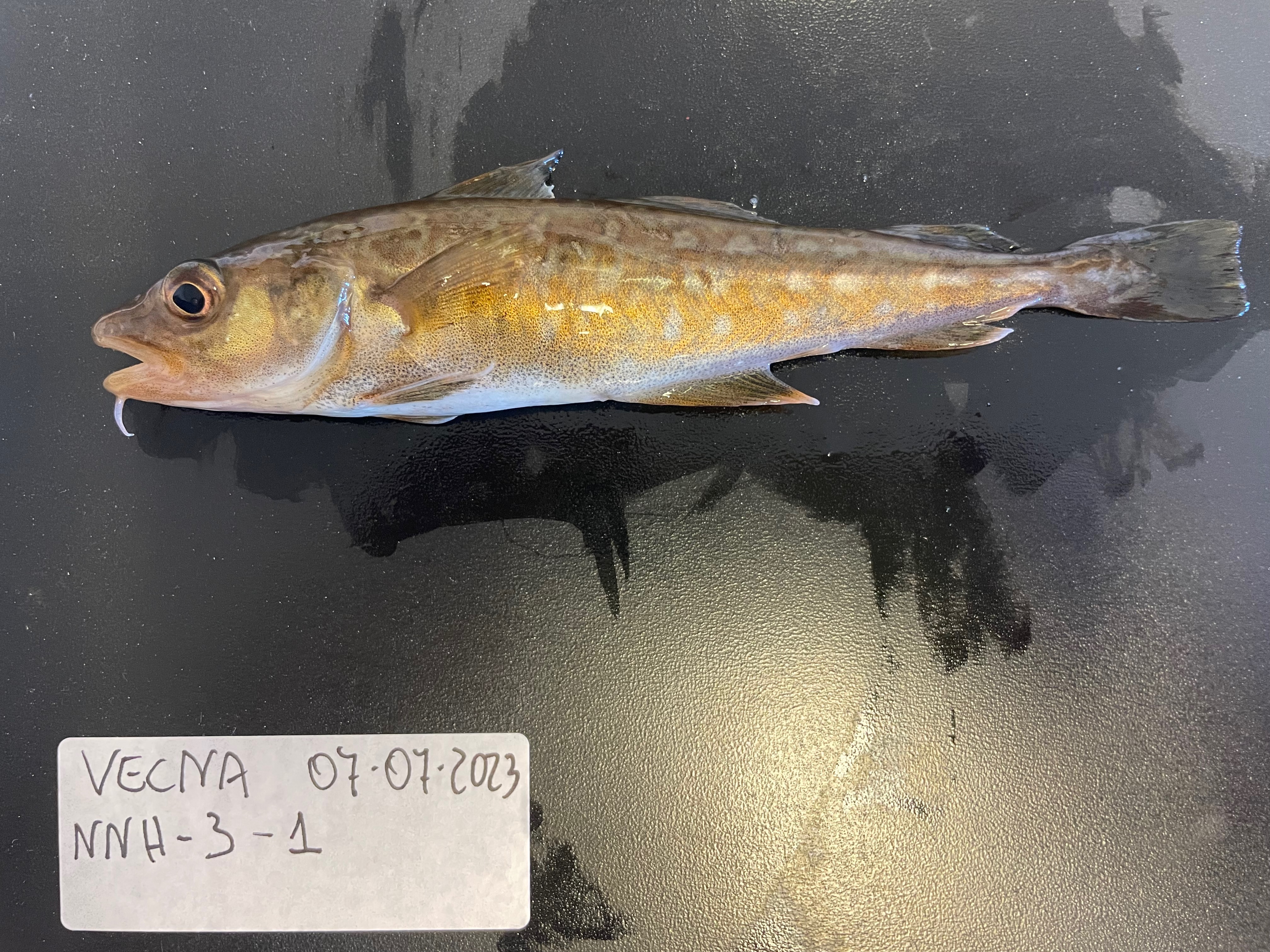
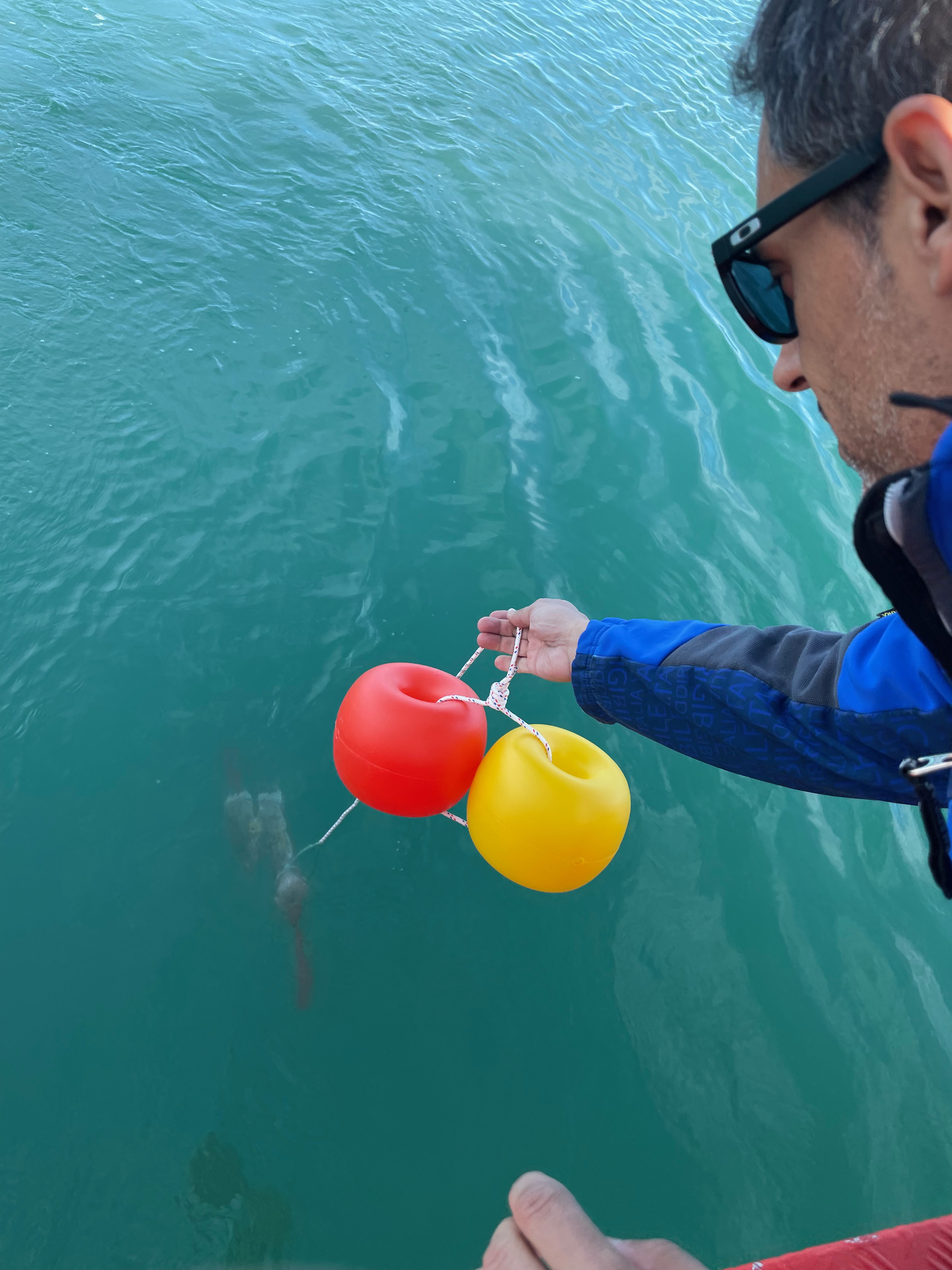
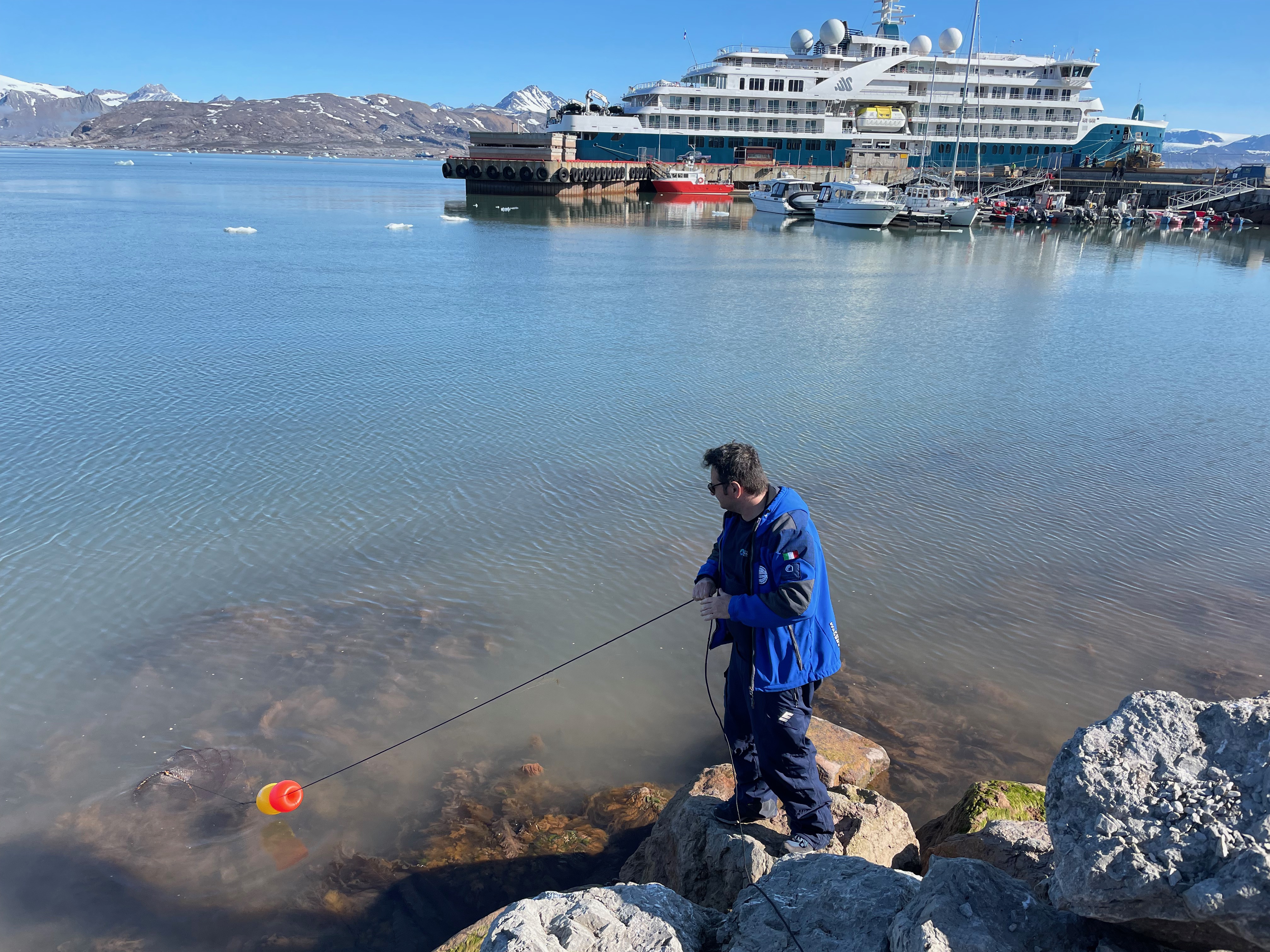
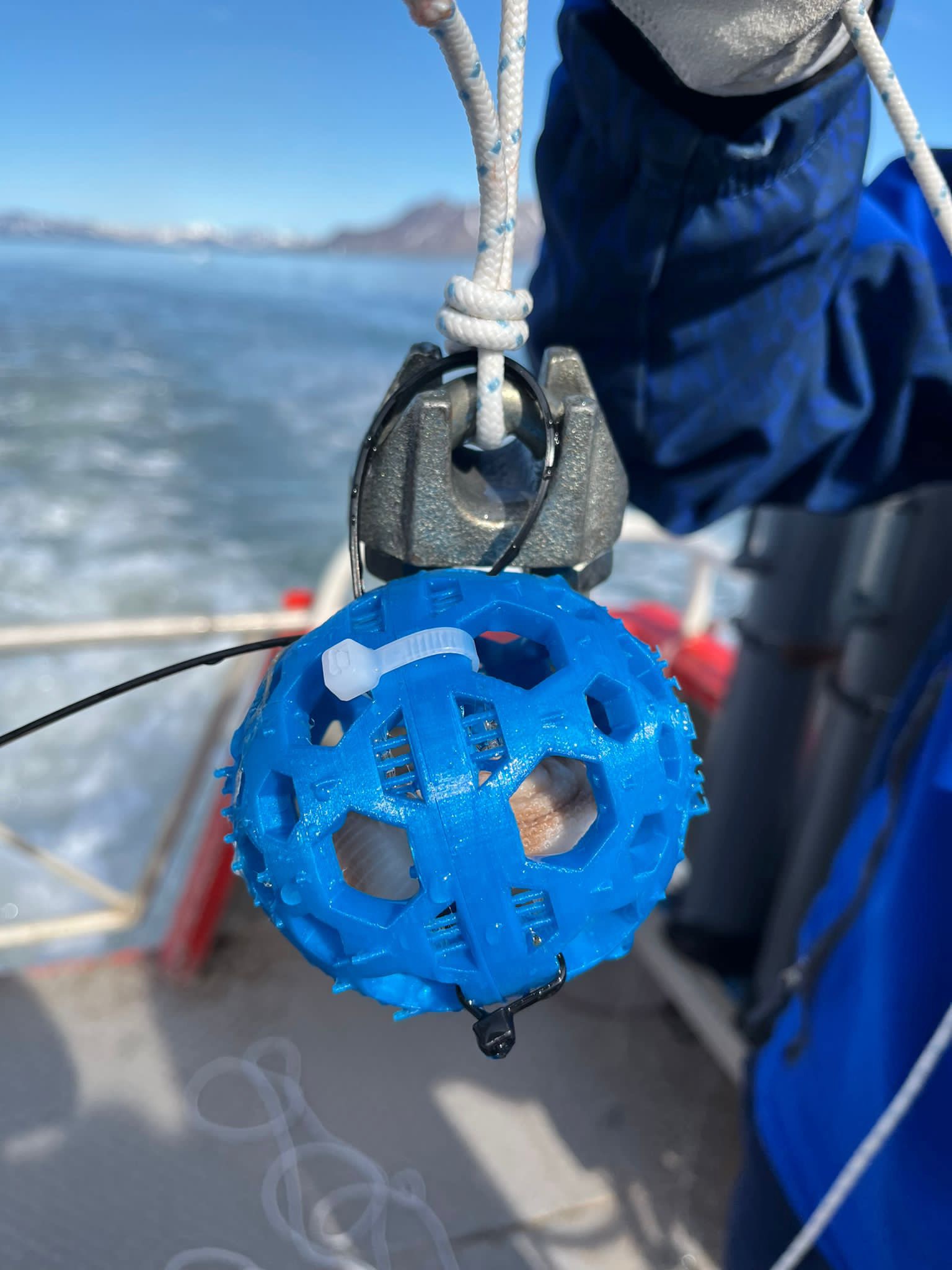
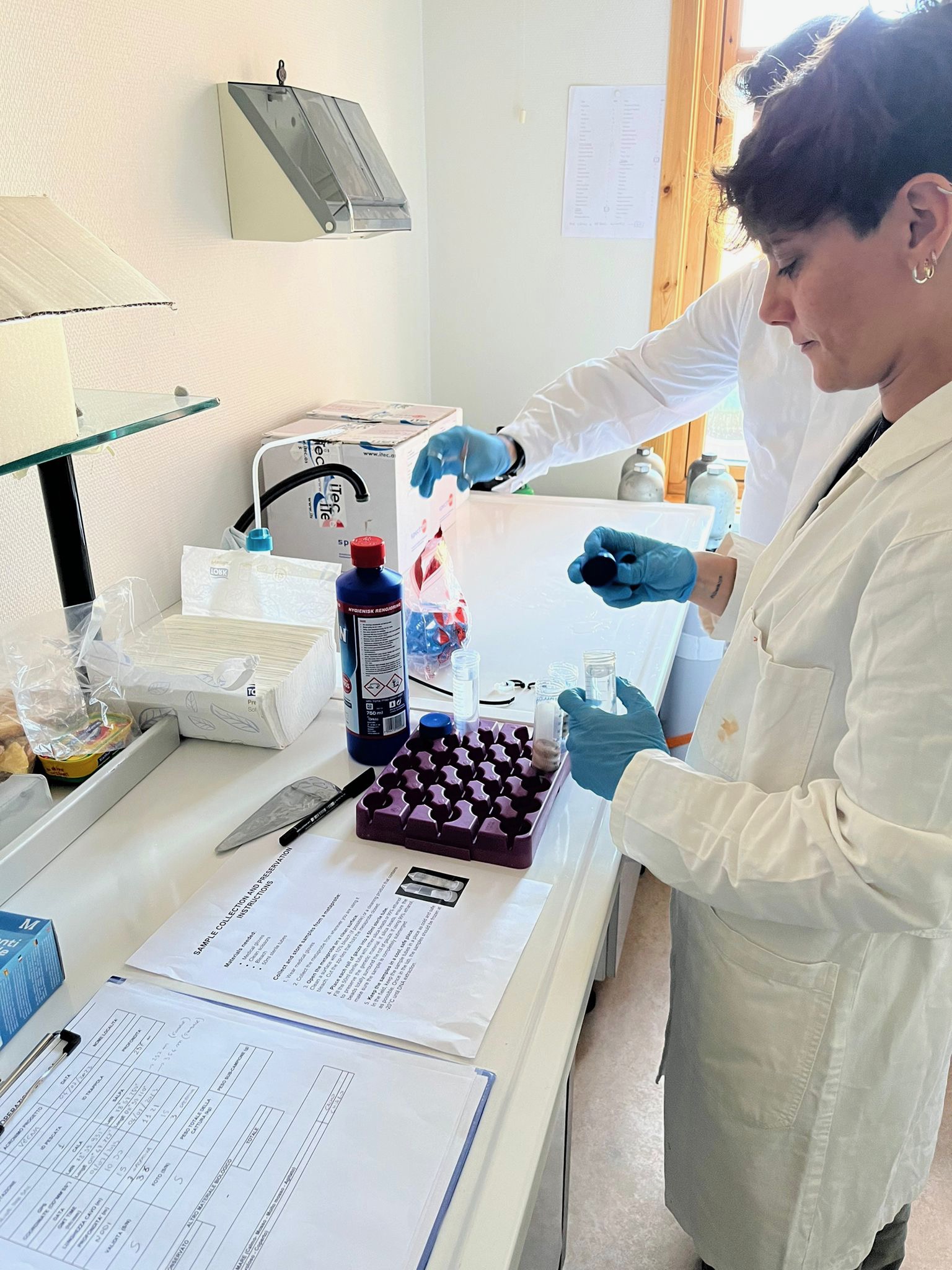
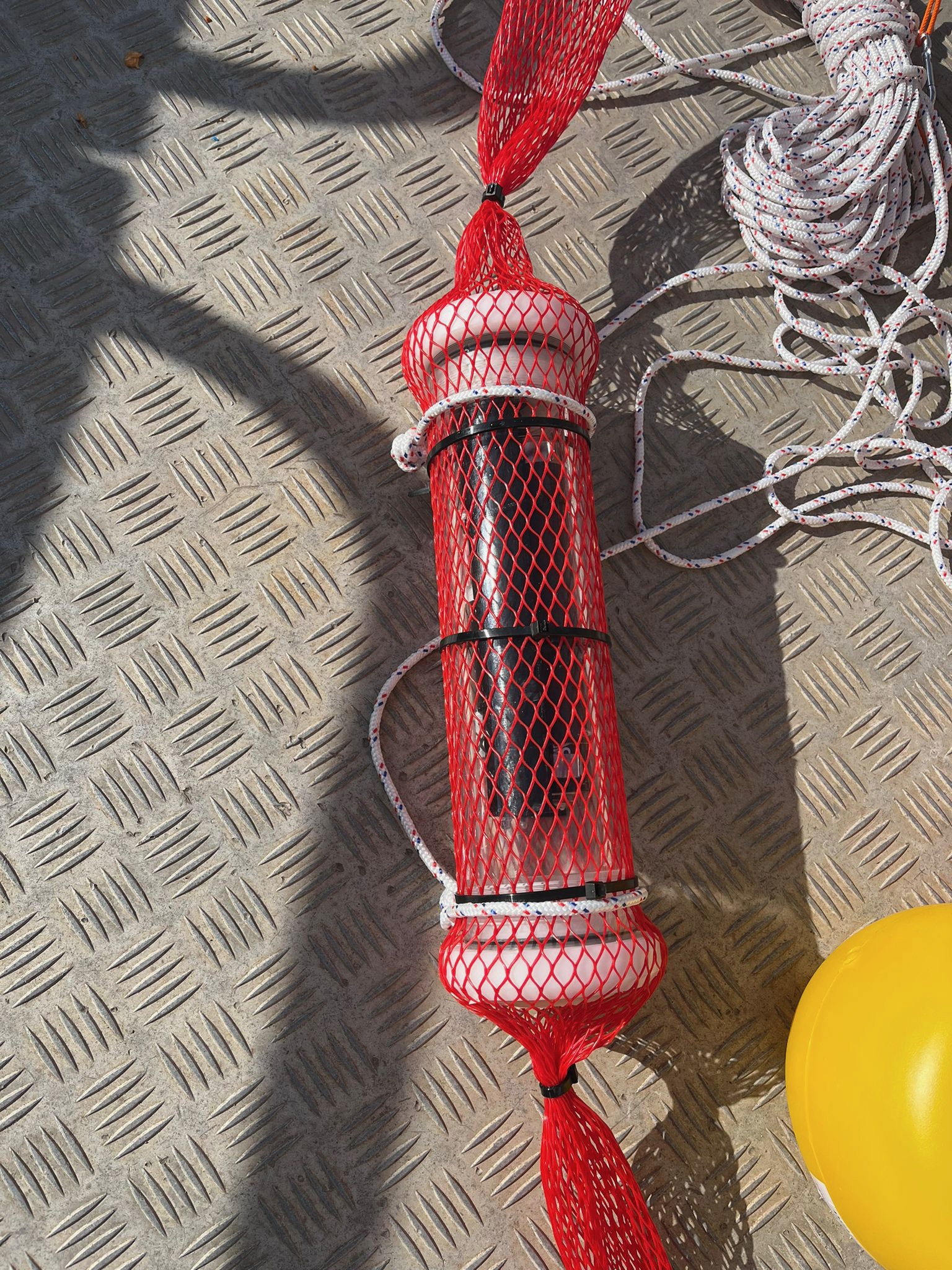
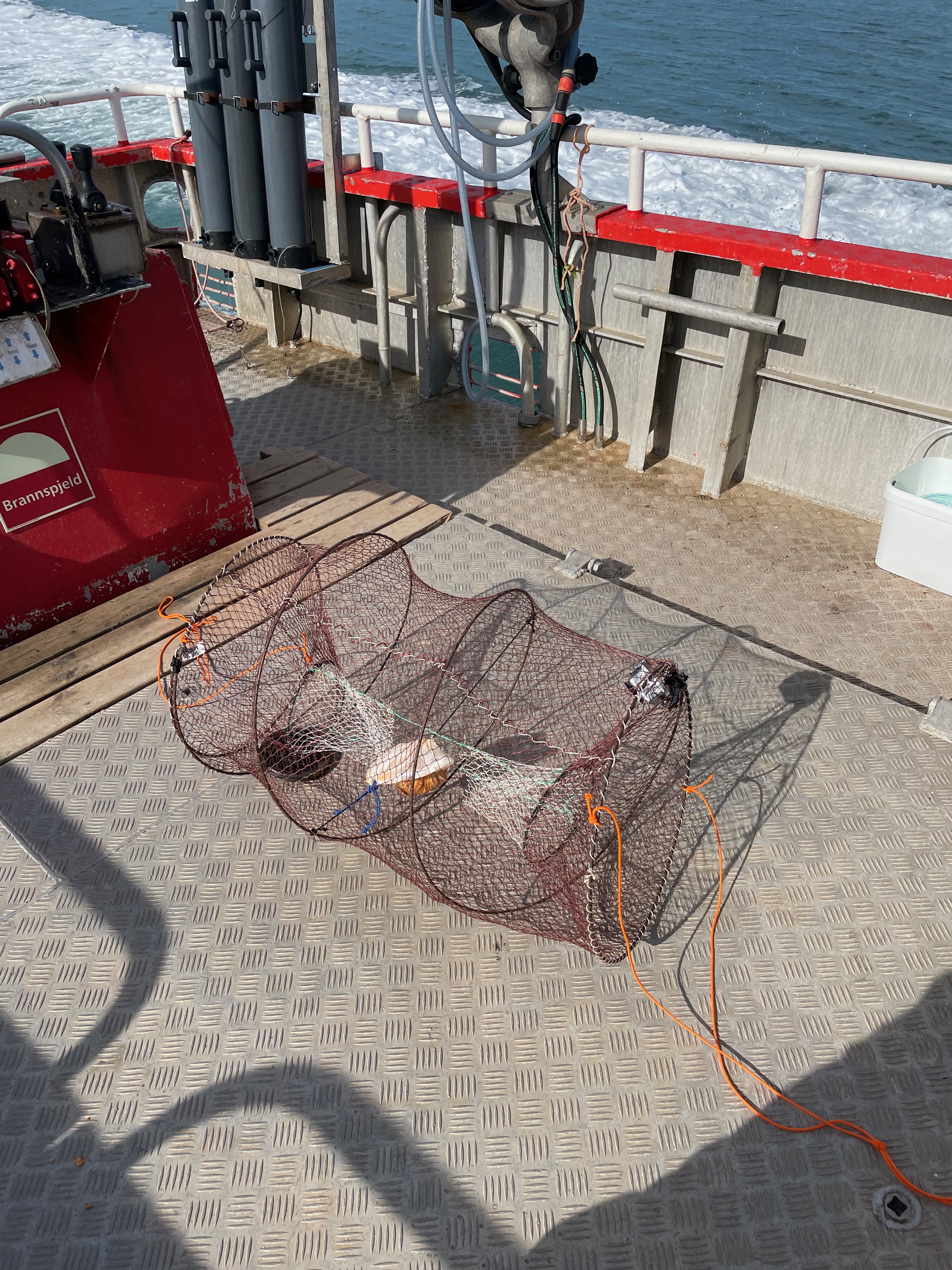
Spatial extent
))
Provided by
